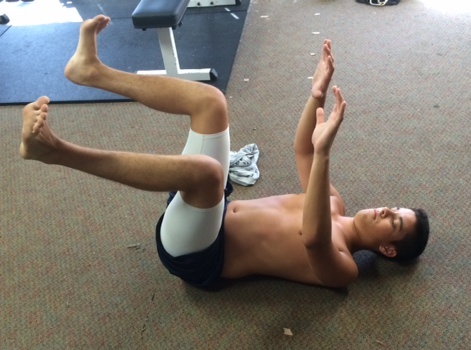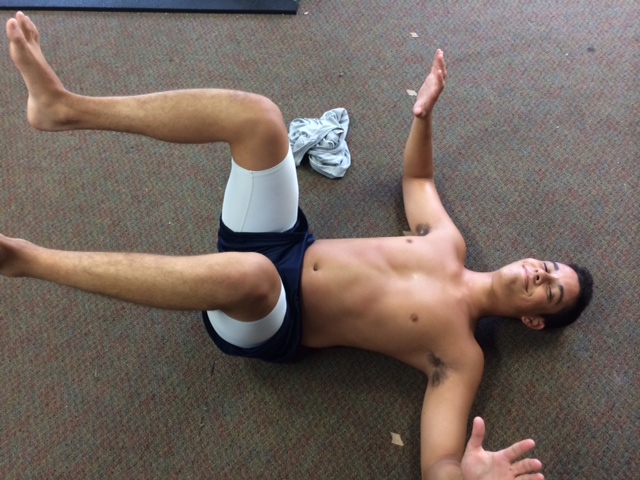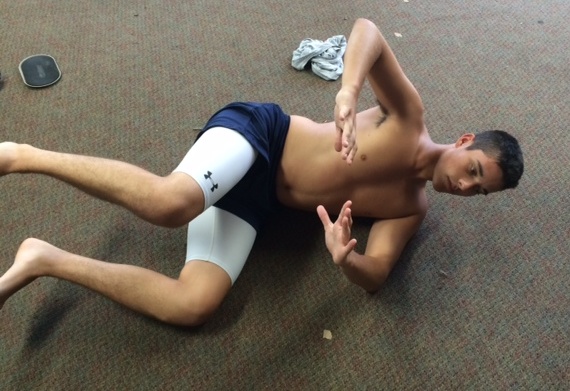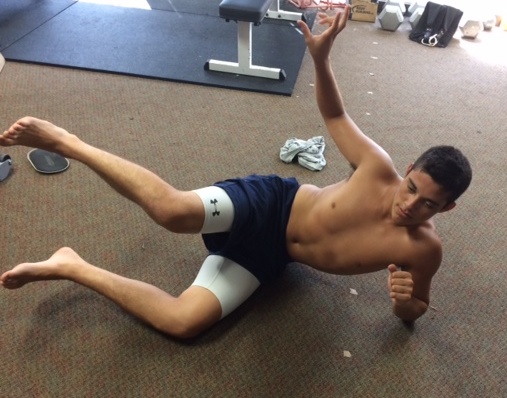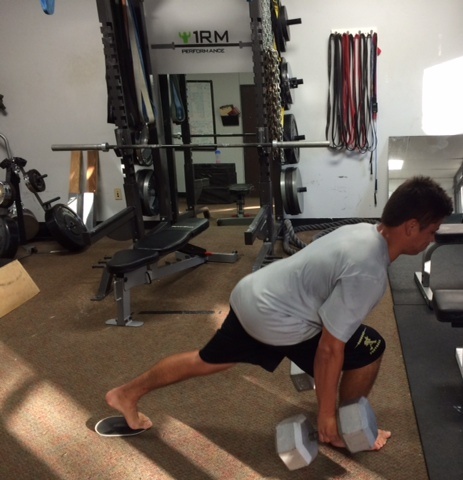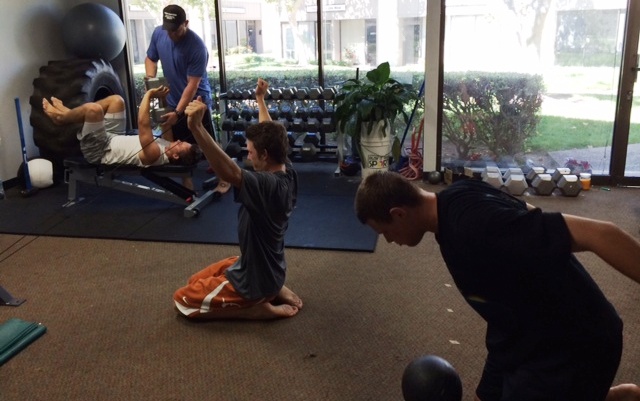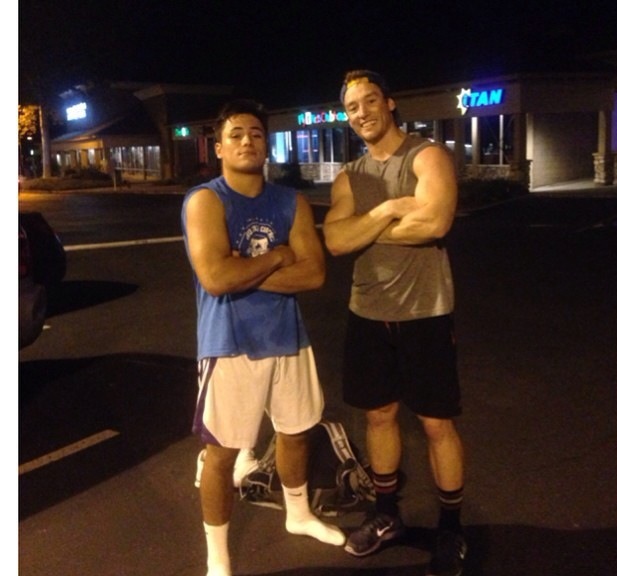San Diego Baseball Performance and DNS
San Diego baseball is dominant. As a strength coach that works with baseball players that play year round, and at a high level, I must be able to keep my players healthy. That means it is mandatory for my baseball players to maintain proper movement and joint “centration” (joint position allowing maximal transfer of forces and efficient of movement). I can watch most pitchers and baseball players on the diamond, and pretty accurately diagnose where they are suffering pain. It has actually become a game with new clients. Knowing more detail about their pain than they tell me, and 99% of the time being right. What’s cooler than that is being able to eliminate the pain during movement sometimes instantly. It’s not magic; it’s Dynamic Neuromuscular Stabilization (DNS).

I sit here writing this article having had tommy john surgery, and being the victim of poor joint positioning throughout my entire javelin career. If I knew what is in this article back then, I can honestly say I would have avoided tommy john surgery and I would have been throwing much further.
My goal for this article is to
- Open your mind training your shoulders
- Shed light on ideal Glenohumeral joint (shoulder) positioning
- Explain the benefits of staying centrated through both your front and back shoulder as you throw
- Highlight a few exercises that will allow you to get back to these positions, restoring function and keeping you healthy.
The Shoulder
The shoulder is complicated. Seventeen muscles effect movement and positioning of your scapula, 5 muscles that effect the positioning of your clavicle, 3 joints allow for movement, and 10 ligaments work to hold your humeral head in place. Proper function of your shoulder depends on all of these moving parts working together to accomplish the same goal; transferring the maximal amount of force through the joint, efficiently in centrated positions, without pain.
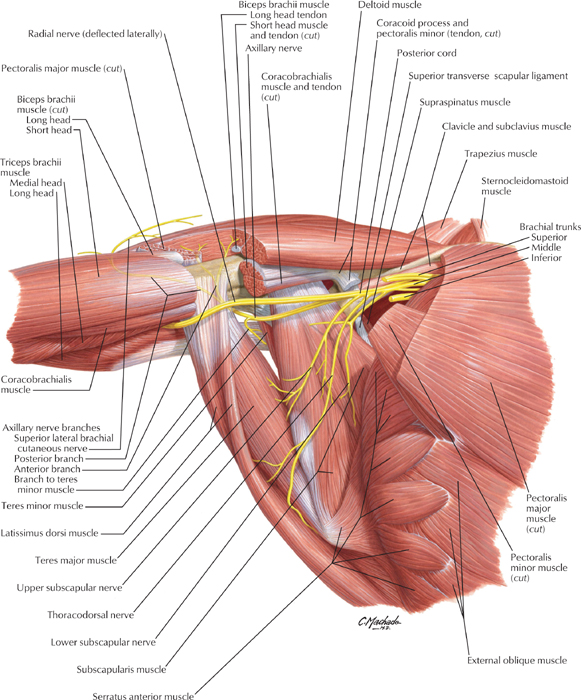
Thinking about a shoulder this way is enough to make any strength coach, physical therapist, athletic trainer, or chiropractor nuts. It is easy to see why professionals spend so much time on individual muscles trying to restore function. Rather than working on movements with the shoulder in a properly centrated position.
There is a need for Rotator cuff exercises; there is a need to make sure there isn’t tightness in the posterior capsule. Tightness through your pec, pec minor, and lat will restrict movement at the shoulder, and all the other common rules of shoulder function. I have read the research, read the articles, read the books, watched the dvd sets. The strongest subscapularis, posterior delt, and serratus in the world are useless unless everything around your shoulder capsule is centrated. This must happen to create synergy between the anterior and posterior kinetic chains of the supporting musculature.
Developing Your Throwing Motion
Everbody's Central Nervous System is programmed to establish the same movements. EVERY SINGLE ONE! As the central nervous system matures, every baby develops certain movement patterns. These movement patterns are consistent between all babies. That means Lebron James, Bobby Congalton, George Washington and Christopher Columbus all established the same movements at roughly the same month/time during their development during infancy. Developmentally, in terms of throwing, we care about the ipsilateral movement pattern, this means supporting on one side while the other side is phasic (moving). This is throwing a baseball. At 5 months we roll onto our side, at 7 months we support on our elbow, and at 8 months we support onto our hands. As athletes we lose these ideal positions through improper training, improper movement, injury, and sedentary lifestyles.
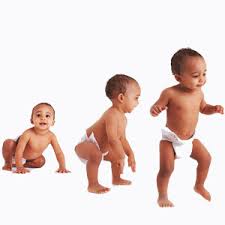
Following my tommy john surgery, I went through a solid PT program with a very knowledgeable PT. I had a great surgeon, and the surgery and recovery were awesome. But yet, when it came time to throw again, the same pain began to present itself. Why? Well, it is because I never retrained my nervous system. I had the same mechanics, same joint positioning, and compensatory/dysfunctional movement patterns through my shoulder and hips. All of this led to the reoccurring pain.
So what did my mechanics look like? They were right on par with any and all decentrated overhead athletes, elbow and shoulder pain. Front and back shoulder were elevated. I wasn’t supporting on my left side and had a decentrated and collapsing front knee. My phasic arm (throwing arm) came flying through unprotected. I was collapsing into my left side to try and generate more force. Classic injury prone throwing mechanics, similar to the inverted W and those of injured athletes.
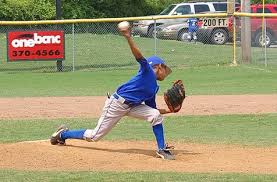
Sadly, you still see this all over the place in kids of all ages and skill levels on the baseball field. Poorly centrated shoulders spines and hips. All eventually leading to a huge list of injuries at incredibly young ages.
The fix seems simple: work with a pitching coach that played in baseball at some pro or minor league level. He’ll fix your entire problem, and make your mechanics perfect. Or my favorite: train with someone who was a pro athlete, because if they can make it, they can help you make it. Not necessarily true. As great as pitching coaches are, they don’t necessarily understand proper joint centration, or how to best re-groove specific joint positions at the shoulder and hip. This is not completely the kids or coaches fault. It’s like coaching a kid to get his knees up while he sprints. Often times they can’t because they don’t have the hip flexor strength to get them up there. It often comes down to strength and the ideal movement patterns in your nervous system.
What is proper joint positioning?
A quick way to see if an athlete is properly centrated through his hips and shoulders is by looking for neutral joint positioning between the two. Neutral joint positions are established during motor development as a baby. In proper, healthy, centrated movements, the athlete’s hips and shoulders remain level to each other the entire time. A break in this relationship is a break in centration.
Maintaining the neutral joint positions will enable optimal loading through the joints involved in the movement. Proper centration also brings balance to the agonist and antagonist muscles involved in the movement. Ultimately optimal joint centration allows for the great mechanical advantage, allowing the greatest amount of force to be transferred across the joints. This creates the greatest amount of power from the muscles involved while protecting the passive structures, i.e. tendons and ligaments, decreasing overuse and actual degeneration.
Proper Joint Positions During Your Deliver
During a throwing motion you must look at both the front and back shoulders. You want to see good space between both shoulders and the ears. Both shoulders should be down. That means your shoulders are at the same height, both down away from your ears. There should be width between both humeral heads. This means avoiding excessive forward movement of the head of the humerus.
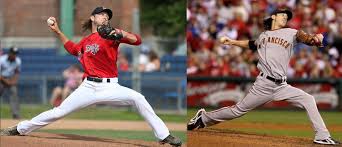
In terms of your torso, power should be pulled from the rotation aspect of the movement. There should be no lateral side bending. This side bending will almost always coincide with the dropping of one shoulder and elevation of the other. Yes, that will create back, shoulder, hip, knee and elbow pain! This is one of the most common flaws you see in throwing mechanics. It is directly related to weakness and instability through the baseball player’s core. I’m not talking about 4 minute planks, lateral ab crunches, and side plank core strength.
How proper centration will improve performance.
As mentioned above, proper joint centration allows for the greatest amount of power to be generated and transferred between the joints involved in the throwing motion. While simultaneously protecting the passive structures of the joints involved.
Think about it like the wear of your tires. When wheels are properly aligned, you get the greatest amount of power to the ground and the most life out of your tires. When they aren’t, you see a tire or two wear away faster than the others and fuel efficiency and power decreases. Poor alignment is poor centration.
Jamie Moyer is a car that exceeded the life of his tires! Here he is level through his shoulder, it appears that his front knee is staying centrated, and he is level through his hips. sound joint positioning, incredible career.
If you look at the healthiest pitchers, you’ll see they all remain properly centrated throughout the entire season. Mark Prior, who was known to have had perfect mechanics in his prime, doesn’t quite match up the standards of joint centration. Steven Strausburg, was known to have a flaw in his mechanics, with his inverted W arm positioning, which ultimately resulted in the need of tommy john surgery. One of the most popular pitchers over the past 8 years that has remained injury free is the freak Tim Lincecum. He has been clocked at 97 mph and is known to have an absolutely freakish delivery. You would think with all the moving parts and absolutely violent approach to his throwing motion he would easily lose centration. However, a closer look will show you that he maintains proper centration through both shoulders, stays level through both his hips and shoulders, and allows his rotational power to provide the gas behind each pitch.
Here you see three different deliveries.
1. Mark Prior - shoulder issues throughout his whole career.
2. Randy Johnson - Long career, level shoulders, no shoulder injuries
3. Stephan Strausburg - front shoulder elevated, front knee decentrated, Tommy John surgery
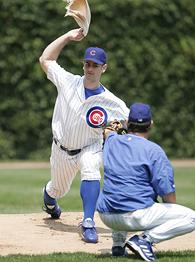
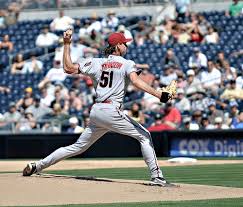

The Fix
I am aware that these are only a few examples, but if you were to look at injured versus non injured baseball players, you would see the same proper centration and decentration. Being able to spot the decentration is rather simple, once you acquire an eye for it. Fixing the problem requires a unique skill set and a solid understand of what these centrated positions look like.
I have had incredible success improving the mechanics and joint positioning of my baseball players and other overhead athletes by applying principles of Dynamic Neuromuscular Stabilization. I specifically work with my athletes in the 3 month supine, 5 month side lying, and 7 month hand supported positions. This doesn’t mean that’s all we do! There is plenty of time spent under the bar, playing with heavy dumbbells, and getting after it in other ways. The key to DNS is that every movement is dependent on the ability of the previous position. Simply put, if you suck at the basic movements, you’ll be even worse at the next. Think, it takes roughly a year for a child to walk.
(The positions are defined by the month a new born baby acquires movement and the position. Yes, DNS is based on babies.)
The three month position is where I start for my athletes to reestablish proper breathing patterns, core activation and sagittal plane stabilization. Before any controlled joint movements, a baby must establish proper breathing patterns to stabilize its spine, chest, and pelvis in the sagittal plane. This “sagittal stabilization” must be maintained in order to maintain centration through any and all joints.
Once sagittal plane stabilization is established, a baby begins to activate it’s oblique fascial/muscle chain. Your oblique chain is what allows for a strong connection between your shoulder and hip while you deliver a baseball. For a baby, it is needed to roll over, for a baseball player it is needed to 1. Stay healthy, and 2. Throw a baseball period. Sagittal plane stabilization is a must before progressing into the next two exercises. Benefits will be minimal and the dysfunctional pattern will continue to be seen
From 3 months supine we progress to 5 month side lying. In terms of a baby, this is where it begins to establish the ipsilateral pattern. It supports on one side, while the other side is phasic, or “moving”, like throwing a baseball. The support ultimately allows rolling over. Support is provided by the hip and shoulders, as well as the lateral fascial lines. Within this position, the phasic joints are moving over the supported shoulder beginning to form strength in greater ranges of motion. In terms of a righty throwing a baseball, this is where your left shoulder and left leg are supporting your right arm and right leg as they come through. This position also allows you to really educate your athlete on proper positioning of their shoulder in relation to their head. I am continually surprised to see how much activation unstable athletes feel in their supporting shoulders in the position.
From 5 months side supporting we move to 7 month hand supported position. This places an even greater load on the support shoulder, hip, lateral fascial line, and supporting core musculature. Here, if an athlete isn’t strong or stable enough, you will see them struggle to maintain levelness between both shoulders. The normal escape here is to elevate the supporting shoulder, depending on the passive structures of the shoulder instead, hip hiking, and extension of the lumbar spine. In the picture, you see an athlete beginning to hike their hip and escape into that elevated position of their shoulder. Escaping here disengages their lateral fascial line, which creates poor centration of the shoulders, and of the spine. When done properly, my kids howl because of the burning along the entire lateral line, specifically in their external obliques and deep hip stabilizers.
Upon owning each position, I can than add in dynamic movements of the phasic (throwing arm). This is only done once they truly own the position and maintain centration. If an athletecan’t do maintain proper positioning on the ground, I guarantee they can’t maintain centration standing up.
Side Note
I AM A STRENGTH COACH! We do also move weight when we train, and a lot of it! I just make sure all my athletes can maintain proper joint positioning. Many of my high school athletes squat/deadlift over 350 lbs, bench 300 lbs, split squat 200 lbs, and do pullovers with 100 lbs. These are high school baseball, basketball and football players, not powerlifters. Don't forget I am a STRENGTH coach and my athletes get strong!
Baseball Coaches Do Help!
The purpose of this article is not to say pitching coaches are useless, or that I know throwing mechanics better than anyone else. I care about every single one of my athletes like they are my family, and hate seeing my guys get hurt for unnecessary reasons. Pitching coaches do incredible things, and can have a huge impact of the mechanics and long term career of any athlete. If we are able to create an athlete with ideal centration and efficient movement patterns, then the pitching coach would be able to teach the mechanics of pitching without faulty movement patterns. But if they teach mechanics on top of compensatory and faulty movement patterns, then they are not going to be able to help the athlete reach their full potential. Strength coaches can just as easily take years off a baseball player’s career. I have seen it firsthand.
My whole purpose is to shed some light on proper joint positioning and show that there is more than one way to restore function of a baseball player’s throwing mechanics. I will stand by the claim that this is the most efficient way I have ever used and seen used to improve shoulder function and throwing mechanics.
Have a strong day!
